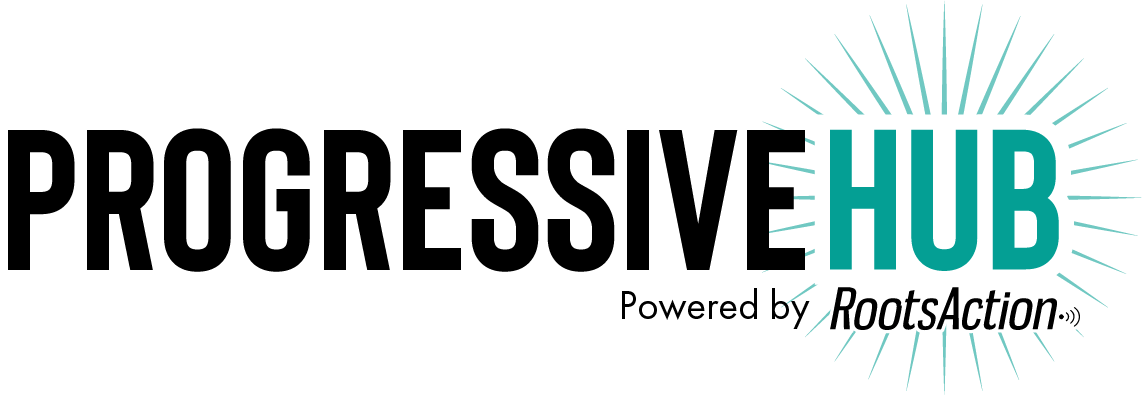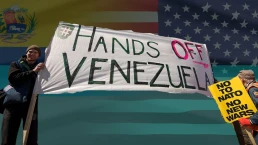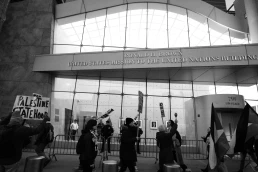Four decades of rising homelessness has led many to seek alternative explanations. The most common blames homelessness on drug addiction, rather than the lack of housing low-income people can afford.
By Randy Shaw, BeyondChron
Forty-Plus Years of Federal Inaction
Prior to 1982 the United States had no widespread visible homelessness since the Great Depression. Since 1982 homelessness has exploded. What happened? Why has the United States normalized nearly a million people living without homes even during economic boom times?
Maria Foscarinis, a longtime activist and attorney representing the unhoused, answers this question in And Housing For All: The Fight to End Homelessness in America. Foscarinis details how the federal government’s failure to fund real solutions has allowed homelessness to not simply to persist but increase.

Blaming federal policies, rather than the unhoused themselves, goes against the current political mood. But I also began combating homelessness in 1982 and found her analysis indisputable. Extreme cutbacks in government funding for affordable housing and mental health care that began under Nixon and worsened under Reagan have left far too many Americans unable to avoid homelessness.
Four decades of rising homelessness has led many to seek alternative explanations. The most common blames homelessness on drug addiction, rather than the lack of housing low-income people can afford.
I offer the author’s and my own response to such claims below.
Homelessness Exploded Under Reagan
Foscarinis’ first three chapters should be essential reading for anyone interested in why homelessness skyrocketed in 1982. In addition to Nixon’s ending of new public housing in 1974 and Reagan’s massive 1981 budget cuts to affordable housing, she reminds us of other misguided policies.
Recent Posts
Leaders Across EU Deliver Unified Message to the US: ‘No War on Venezuela’
November 22, 2025
Take Action Now “We condemn in the strongest terms the military escalation against Venezuela,” said progressive leaders from countries including the…
Who Is Ready To Die For Trump’s Gaza Plan? So Far, Nobody
November 21, 2025
Take Action Now Trump has claimed that all sides agreed to his peace plan, but Hamas only agreed to the first stage of it, which involved returning…
Less For Health Care, More For The Pentagon
November 21, 2025
Take Action Now Even with U.S. health premiums set to double, senators gave essential health funds as a bonus to the $1 trillion Pentagon.By…
U.S. Military Is No Answer To Narcotraffickers
November 20, 2025
Take Action Now Ecuador says no to U.S. military expansion.By John Feffer, Foreign Policy In Focus Ecuador, once one of the most peaceful…




